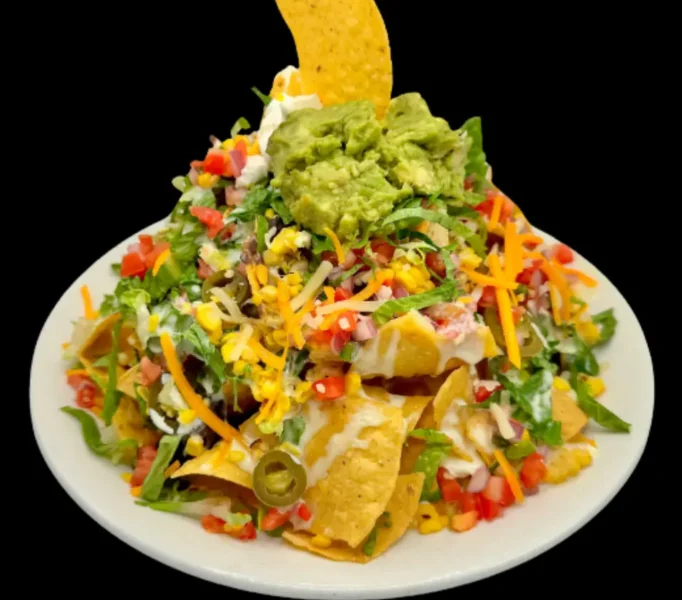The Philosophy of Domestic Life: Then and Now
Introduction
Domestic life has always been a cornerstone of human civilization, shaping cultures, communities, and individual identities. According to data from the Pew Research Center, nearly 60% of households in the United States today differ from the traditional nuclear family model, showing how family roles and domestic philosophies continue to evolve over time.
In the past, domestic life was often tied to rigid cultural, religious, and economic expectations. Today, however, it reflects a dynamic interplay of tradition, modernity, and personal choice.
In this article, we will explore the philosophy of domestic life, examining how it has transformed from the past to the present, and what these changes mean for the future.
Domestic Life in Historical Context
Historically, domestic life revolved around strict gender roles and family hierarchies. Men were typically regarded as providers, while women were expected to manage the household and raise children.
In agrarian societies, the household itself functioned as an economic unit, with family members working together to ensure survival.
The Industrial Age and Its Impact on Home Life
The 19th and early 20th centuries saw the household shift in structure due to industrialization. Men increasingly left home to work in factories, while women’s roles as “moral guardians of the home” became idealized.
The “ideal home” was portrayed as a sanctuary where the husband found rest after labor, and the wife maintained order, morality, and nurture.
This philosophy aligned with cultural ideals of stability, but often left little room for personal freedom, particularly for women.
Shifts in Domestic Philosophy in the 20th Century
The 20th century brought seismic changes to the domestic sphere. The women’s rights movement, economic shifts, and global conflicts all contributed to redefining the household.
Women entered the workforce in greater numbers, particularly during World Wars I and II, challenging the notion that their primary role was confined to domestic duties.
By the 1970s, debates around family structures, feminism, and equal rights highlighted a shift toward shared responsibilities within the home. This era marked the beginning of domestic philosophy being framed less by tradition and more by partnership and flexibility.
Domestic Life in the 21st Century
Today, domestic life is more diverse than at any point in history. Dual-income households are common, single-parent families are widely recognized, and same-sex couples have redefined the meaning of home in many societies.
Technology also plays a major role remote work, smart homes, and digital communication have blurred the lines between public and private spaces.
While modern domestic life celebrates freedom and individuality, it also presents challenges. Balancing careers, childcare, and personal goals can lead to stress, while shifting gender expectations sometimes create friction in partnerships.
The keyword “Trad Wives Meaning” often surfaces in cultural conversations as some individuals embrace a return to traditional roles, highlighting the ongoing debate between tradition and modernity in the philosophy of home.
Comparing Domestic Life — Then vs. Now
| Aspect | Domestic Life in the Past | Domestic Life Today |
|---|---|---|
| Gender Roles | Men as breadwinners, women as homemakers | Shared or interchangeable responsibilities |
| Family Structure | Nuclear and extended families dominant | Diverse: nuclear, single-parent, blended, same-sex |
| Work & Home Balance | Work outside home (men), home duties (women) | Remote work, dual-income households |
| Decision-Making | Patriarchal; father had final authority | Democratic; decisions shared among partners |
| Childcare | Mother as primary caregiver | Shared caregiving; childcare services common |
| Technology Influence | Minimal; household chores manual | High; automation, smart homes, remote tasks |
| Social Expectations | Conformity to tradition | Flexibility, individuality, lifestyle choice |
Gender Roles and Evolving Expectations
One of the most significant shifts in domestic philosophy has been the transformation of gender roles. Where women once bore the majority of childcare and household responsibilities, today many families share tasks more equitably.
This evolution not only improves household balance but also reflects changing workplace dynamics, where both men and women pursue careers and financial independence.
The Role of Technology in Shaping Domestic Life
Technology has radically altered home life. From the invention of washing machines and refrigerators in the 20th century to today’s AI-powered assistants and smart homes, innovation has consistently reduced the burden of household chores.
Remote work technology has further blurred the lines between professional and domestic spaces, influencing how families structure daily routines.
Economic Pressures and the Household
Modern households also face new economic realities. Rising housing costs, childcare expenses, and the need for dual incomes have reshaped how families plan their domestic lives. In earlier generations, one income was often enough to sustain a family, but today, financial pressures frequently demand a reimagining of responsibilities and priorities within the home.
Cultural and Global Perspectives
The philosophy of domestic life varies greatly across cultures. In collectivist societies, extended family networks continue to play a dominant role, where grandparents, uncles, and aunts contribute to household functioning.
In contrast, individualistic societies tend to prioritize personal fulfillment and independence within the home.
Globalization has further blurred these distinctions, leading to hybrid models of domestic life.
For instance, in urban centers worldwide, young professionals may delay marriage and family, prioritizing careers, while in rural settings, traditional structures may still dominate.
The Future of Domestic Life
Looking ahead, the philosophy of domestic life will likely continue to evolve in response to technology, social change, and global challenges. Climate-conscious housing, flexible living arrangements, and gender-neutral roles may define the next generation of households.
The central theme will remain the same: domestic life as a foundation of human identity and well-being, but one that is constantly adapting to new realities.
Conclusion
The philosophy of domestic life has shifted dramatically from rigid structures of the past to the diverse, flexible models of today. While tradition emphasized stability and hierarchy, modern domestic life emphasizes choice, equality, and adaptability.
Yet, both approaches share a common goal: creating a space where individuals find meaning, connection, and belonging.
As we move forward, understanding this evolution not only provides historical insight but also helps us navigate the complexities of building homes that reflect the values of our times.








